But why?
An urgent task for astronautics in the short and medium term is the delivery of a payload to Mars (preferably targeted, with an accuracy of hundreds and tens of meters). Rovers, robotic stations, drones, colonists. And this task has already been repeatedly solved, and with the active use of the rarefied atmosphere of Mars, but the dimensions of the scattering ellipses for traditional capsule descent vehicles are still on the order of ten km (for Perseverance - 7.7 km * 6.6 km)
Using the examples of the AEOLUS mission proposed in the 90s of the last century and being created already in our time, our days SpaceX's "Starship" shows the possibilities of aerodynamic maneuvering in the atmosphere of Mars and the features that the weaker gravity and tenuous atmosphere of Mars impose on the appearance of the spacecraft. designed for aerial capture maneuver and controlled hypersonic flight in the atmosphere of Mars.
Features of the atmosphere
First, Mars' atmosphere is much less dense than Earth's. But even on Earth, aerodynamic deceleration begins at an altitude of ~ 80 km, where the air density is only 0.00002 kg / m 3 (in the high-speed head, the speed squared wins the density)
If we use the model of the Martian atmosphere presented by NASA's Glenn Center , then:
A corridor of ~ 15 - 45 km can be distinguished, where the densities correspond to the "terrestrial" corridor of aerodynamic braking ~ 40 - 60 km
The density of the atmosphere in a weaker gravity well does not decrease as quickly with altitude, the atmosphere of Mars is indeed suitable for braking from parabolic speeds
At the initial stage of airbraking, you can try flight with negative lift to compensate for the weak gravity of Mars.
The most interesting case is aerobraking at the apex of the transitional "Homan" trajectory.
Height of entry into the upper atmosphere: 125 km;
Speed: 6.1 - 7 km / s;
Descent angle: 10 - 15 degrees.
AEOLUS
AEOLUS 90- XX NASA .

" " , -" " .
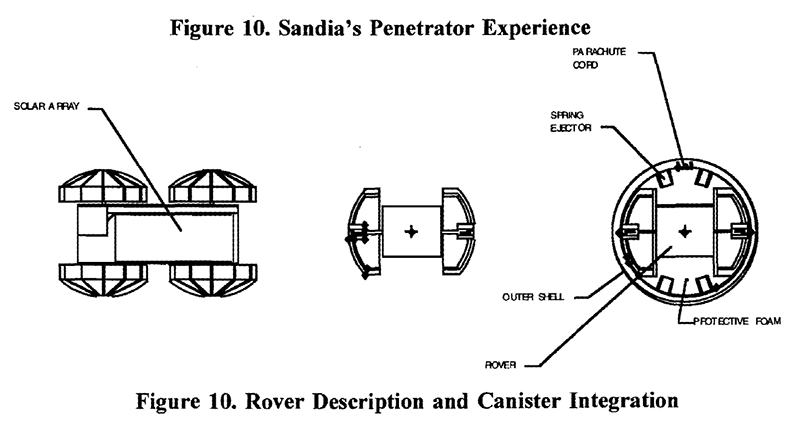
.


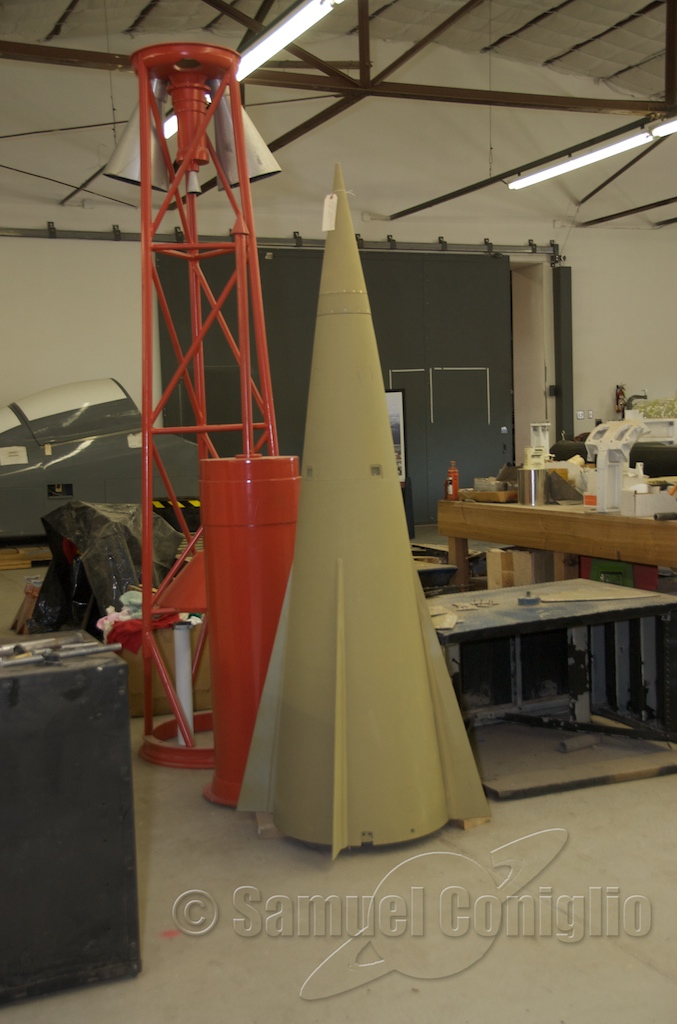
! AEOLUS- - SWERVE, , , . () ~ 30 - 40 , / ( ) (~ 100 ) .
Pershing-2.
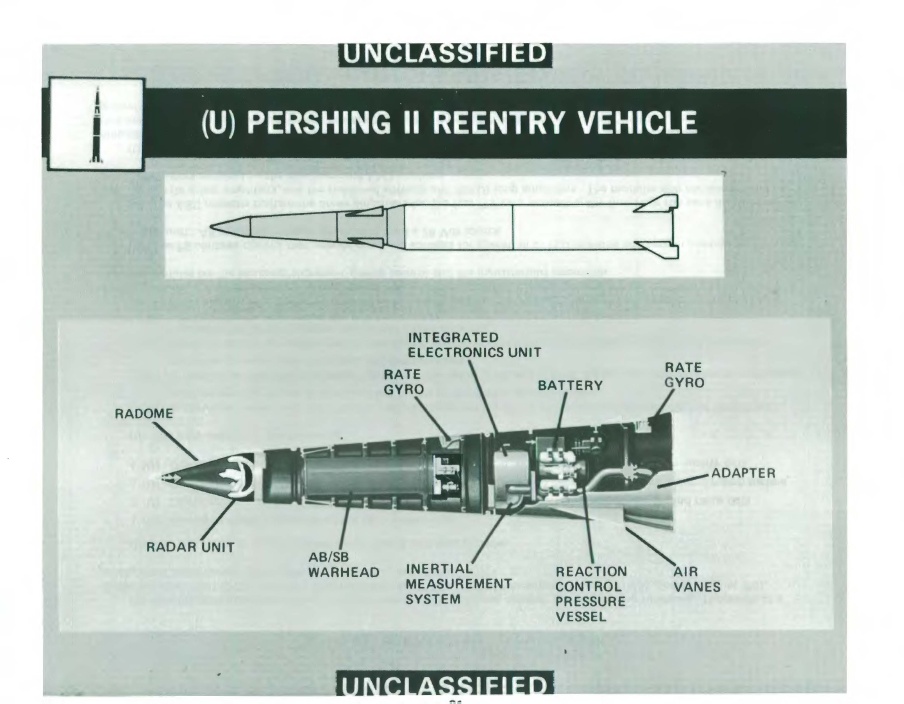
"" , SANDIA NASA. , AEOLUS (~ 12000 ) . , .
AEOLUS
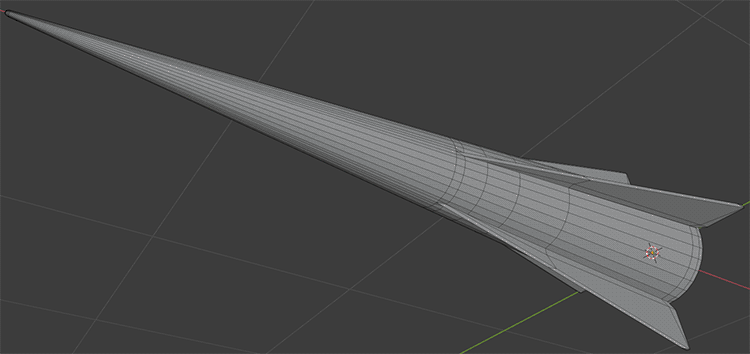

, ( 5,5) (~ 2,1 - 2,2) (~ 0,09 - 0,12). AEOLUS ~ 6360 / 2. 1900 .
- AEOLUS , , , . ( "" )
AEOLUS
AEOLUS-

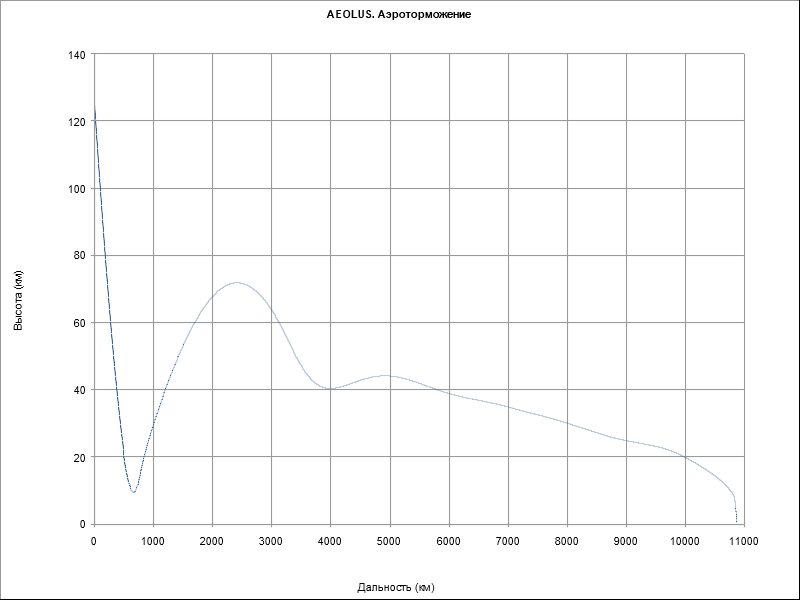
- .
- AEOLUS ( 20 ). ,
"-", , .
STARSHIP
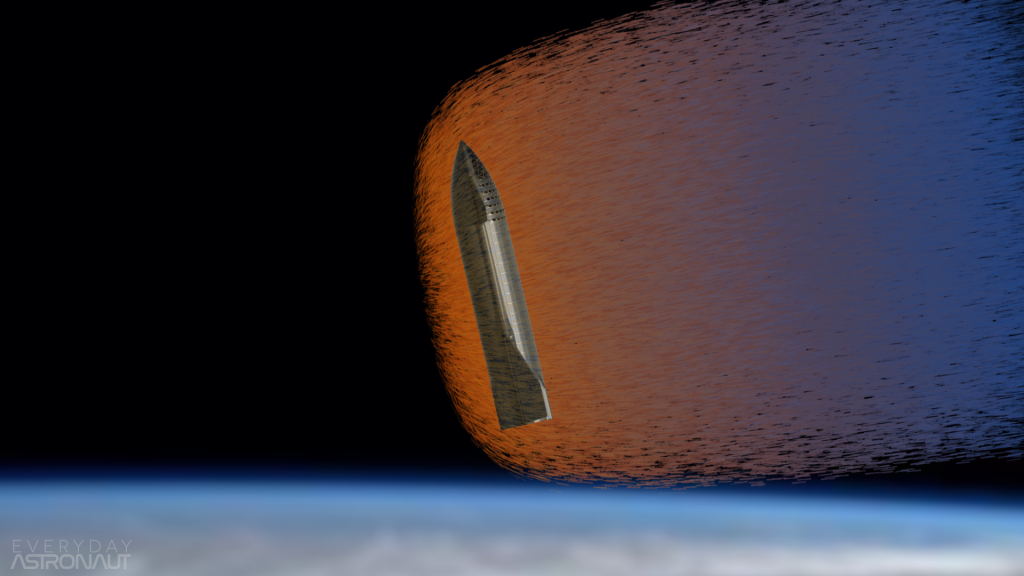
AELOUS - , . Starship, 5- . .
Starship
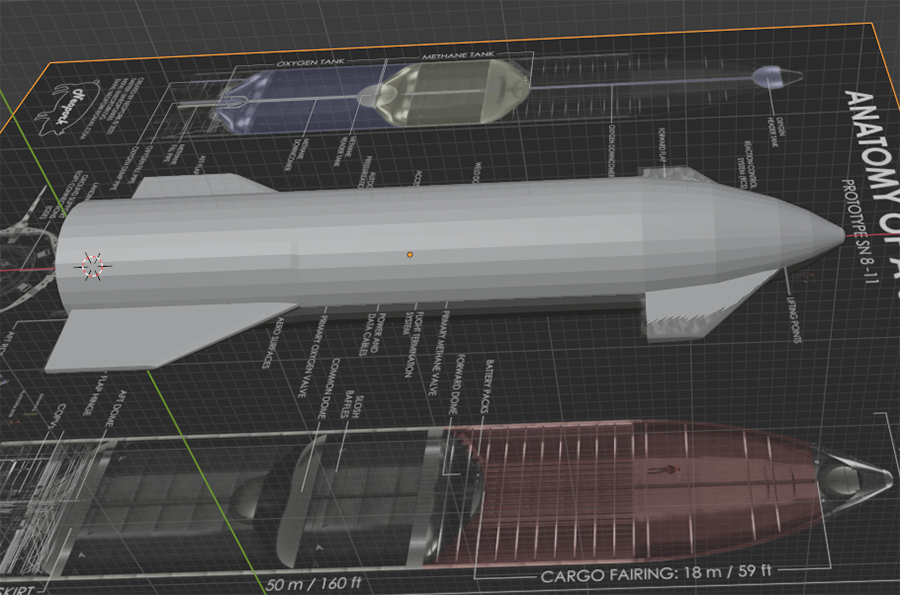

Starship AEOLUS. - - , . - - ( ).
Starship (1,62), ( 2625 /2).
(~ 17 )
, 75 ( , "" ).
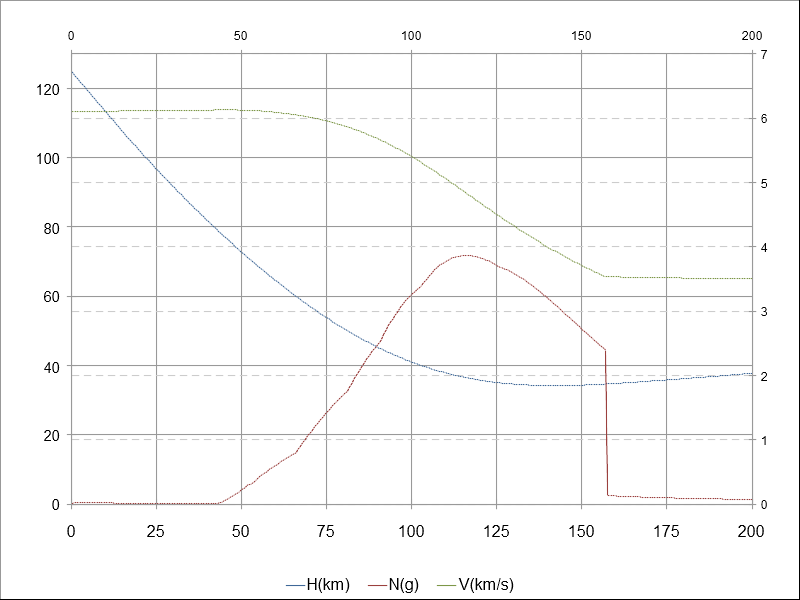
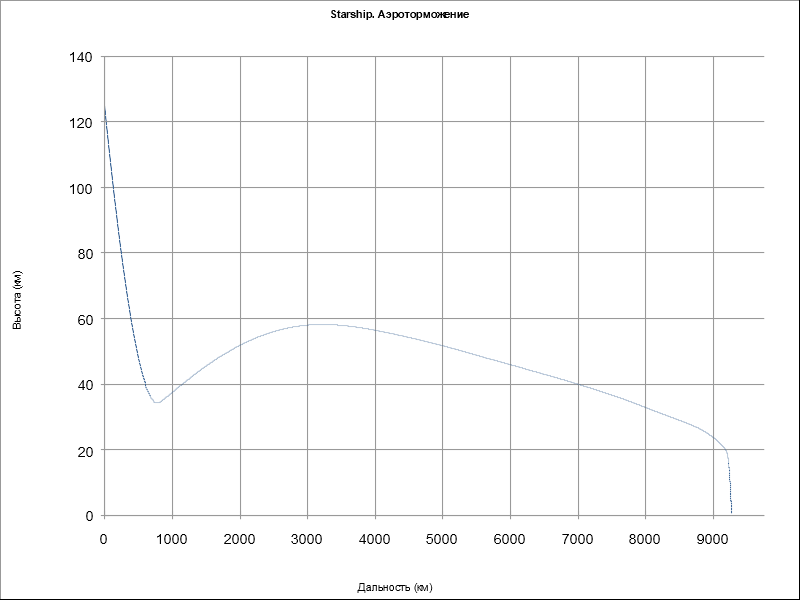
, . - 9270 , - 630 .
AEOLUS Starship

number crunching
( ) , - ( , 25 "" 10 )
, ,
"" - ,
-
Node.js - Rocket Science
Just in case - the previous notes about the program for calculating trajectories and the program for calculating aerodynamics . Links to the relevant repositories are attached